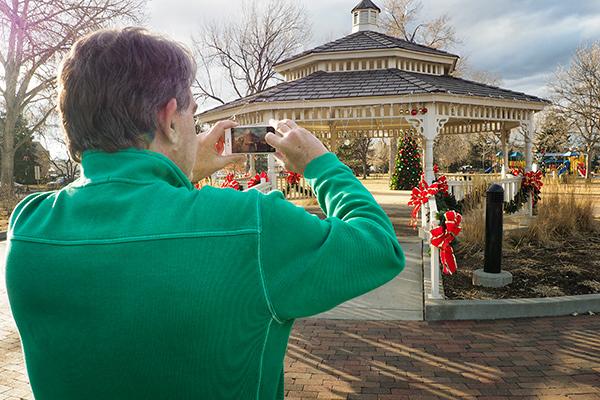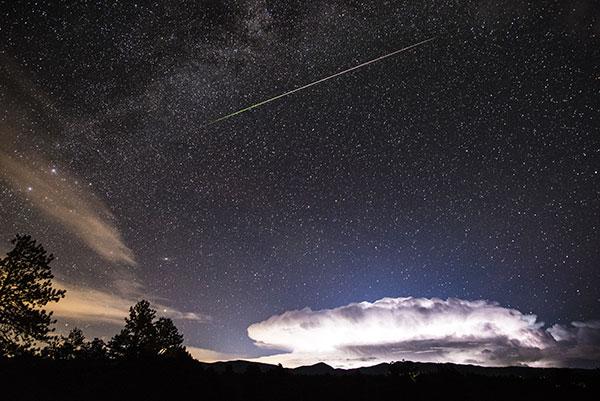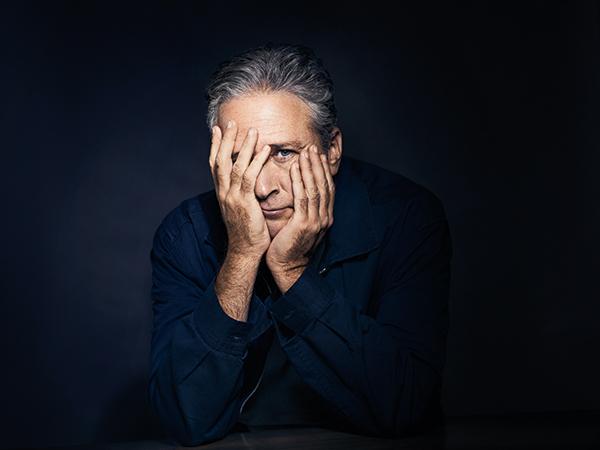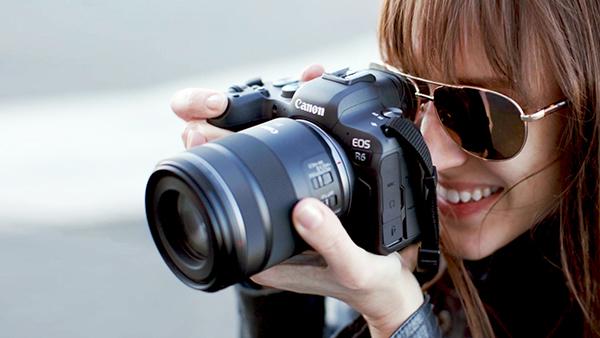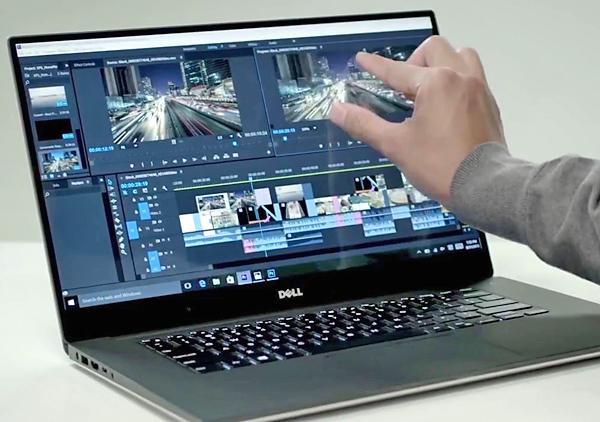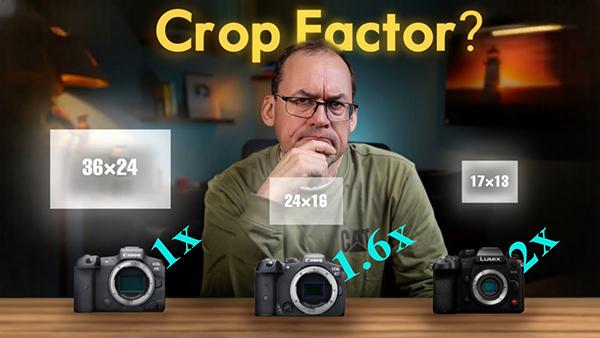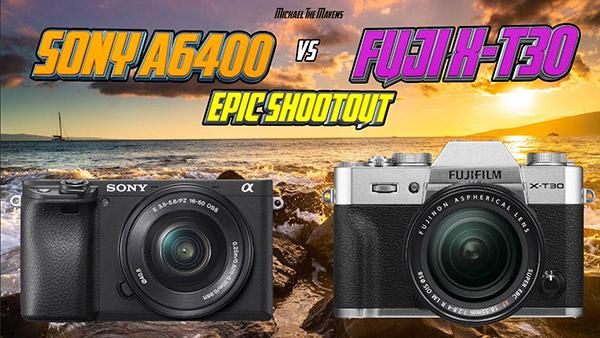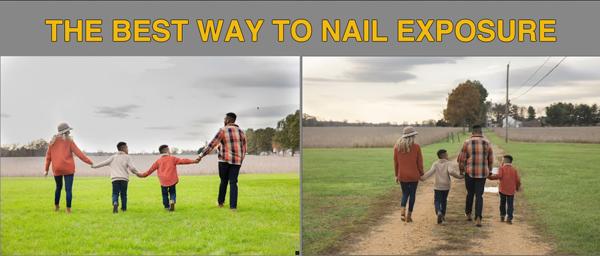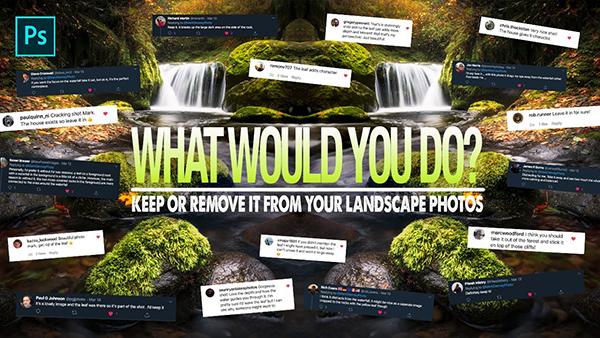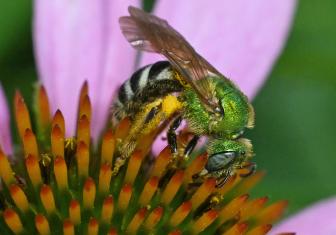News
Sort By: Post DateTitle Publish Date
|
Feb 07, 2024
|
Apr 04, 2017
|
Feb 08, 2018
|
Mar 18, 2016
|
May 31, 2024
|
May 28, 2021
|
Jul 09, 2020
|
Oct 14, 2021
|
Jul 17, 2017
|
Jul 01, 2019
|
Jul 13, 2021

